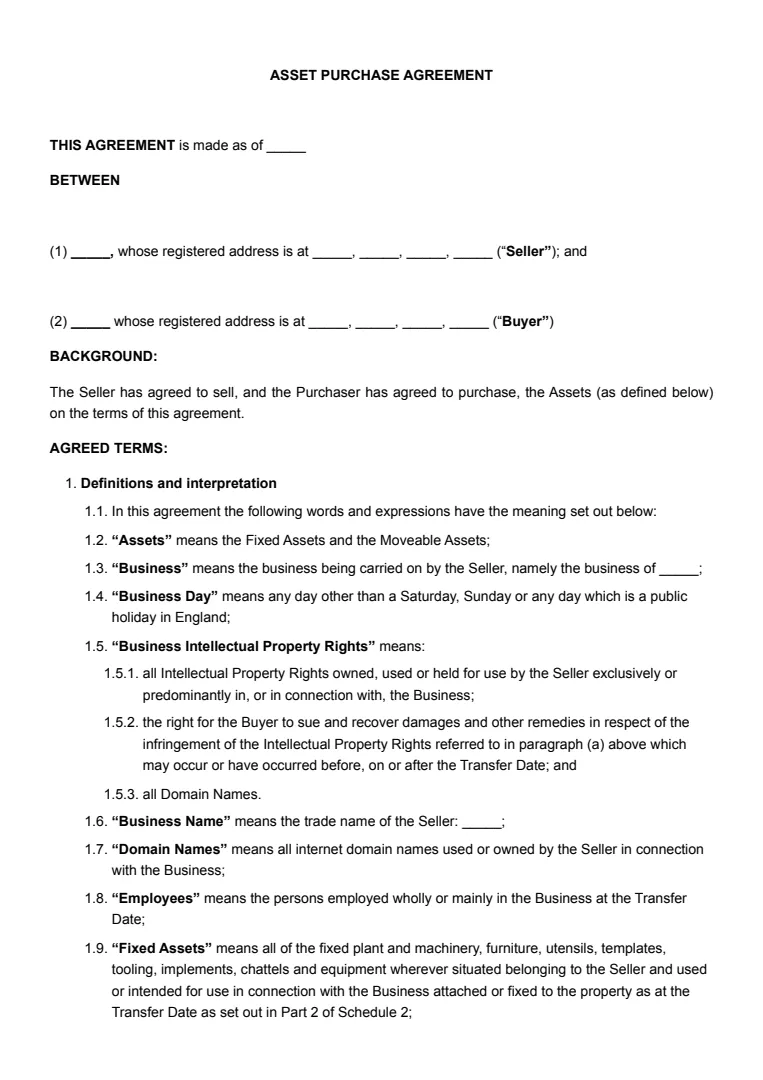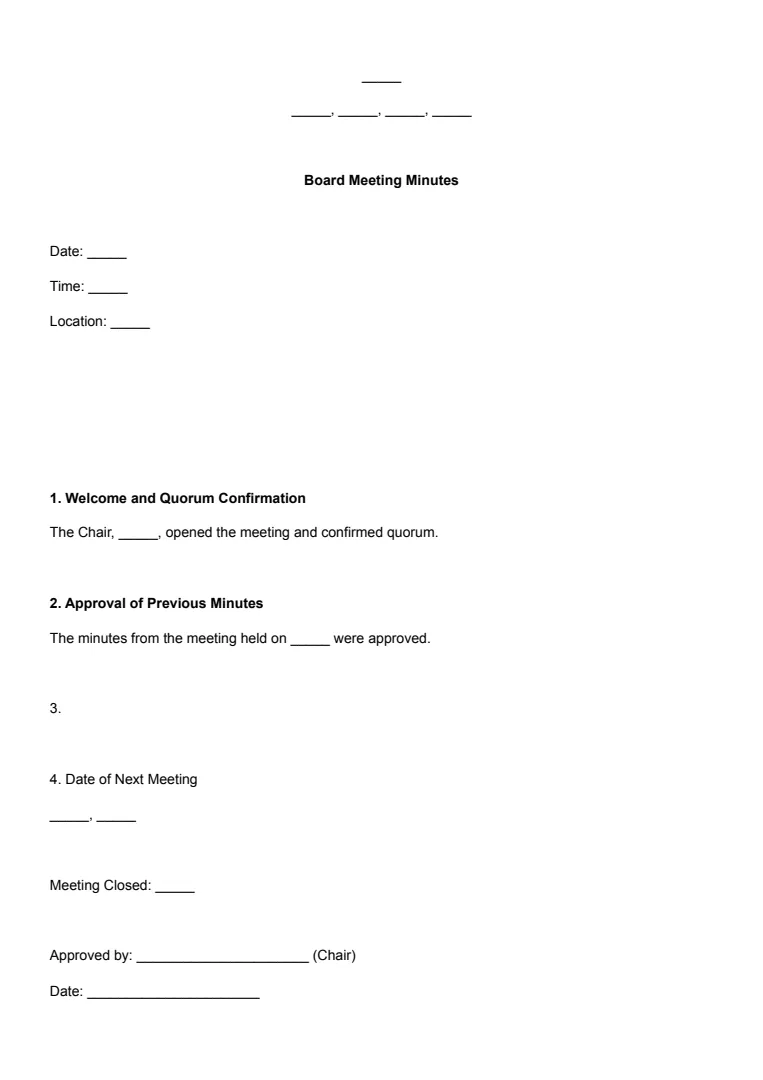What Is a Share Certificate?
A share certificate is a legal document that proves your ownership of shares in a company. While traditionally issued as paper documents, many companies now use digital formats.
This certificate is essential for shareholders, serving as tangible evidence of their investment.
When a limited company issues shares, the shareholders receive share certificates detailing their ownership.
The certificate typically includes the shareholder's name, the number and type of shares owned, the nominal value of these shares, and the issue date.
The company’s articles of association may specify the timeframe and conditions for issuing share certificates. Generally, they should be provided within a set period, such as two months, from incorporation or the transfer of shares.
In essence, a share certificate acts as conclusive evidence of your stake and rights in the company.
It's crucial for ensuring transparency and accountability within a company's shareholding structure.
When Is a Share Certificate Needed?
A share certificate is necessary when new shares are issued by a company. The Companies Act 2006 mandates providing these certificates as proof of ownership.
This legal requirement ensures compliance and records shareholder information accurately.
When existing shares are transferred from one shareholder to another, a new share certificate must be issued. This action updates the Register of Members, reflecting current ownership and maintaining clear records.
During corporate transactions, including mergers and acquisitions, share certificates play a critical role. They offer a reliable record of share distribution, particularly when working with regulatory bodies such as Companies House and HMRC.
Documentation of the Registered Office Address on a share certificate is also essential. It verifies the company's legal address and supports official communications.
Key situations where a share certificate is issued:
- Issuing New Shares: Required to comply with the Companies Act 2006.
- Share Transfer: Generates new certificates for updated ownership records.
- Corporate Transactions: Essential for accurate records during mergers, acquisitions, and more.
How to Write a Share Certificate
Although it may seem daunting, it’s possible to write a clear and comprehensive share certificate in the UK by following these steps.
Step 1: Understand Legal Requirements
Before anything else, you'll need to check your company's articles of association and any relevant legal statutes that may dictate how share certificates should be formatted and issued.
Familiarising yourself with governing laws, such as the Companies Act 2006, will ensure that you comply with legal requirements.
Step 2: Create the Template
Design a share certificate template that fits your needs. You can also use a share certificate template provided online.
This template should include vital information such as the company's name, the name of the shareholder, the number of shares, and a unique certificate number.
Templates can be formatted using word processing software, allowing you to maintain consistency across certificates.
Step 3: Include Essential Information
Be sure to enter accurate details for each certificate. The shareholder’s full name, address, and the exact shareholding amount must be clearly stated.
Add the date of issue to formalise when the shares were allocated.
It's also important to denote whether shares are physical or electronic.
Step 4: Add Legal Signatures
A share certificate usually requires authentication through signatures.
Ensure that authorised personnel, such as the company secretary or director, sign the document. Their signatures validate the certificate's legitimacy.
Step 5: Apply the Company Seal
If required by your company’s policy or jurisdiction, affix the official company seal to the document.
This stamp authenticates the certificate, adding a layer of formality and legality.
Step 6: Verify for Errors
Check each certificate carefully to ensure there are no errors. Mistakes in names, shares, or dates could invalidate the document.
Take your time to ensure each piece of information is accurate.
Step 7: Issue and Record the Certificates
Once completed, issue the share certificates to the relevant shareholders.
Maintaining electronic records helps track ownership and any future changes.
For shareholders requesting split share certificates, ensure each document is correctly formatted.
















